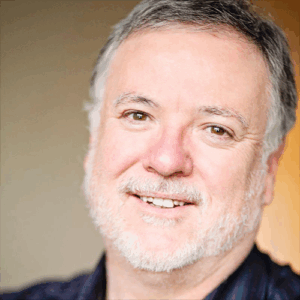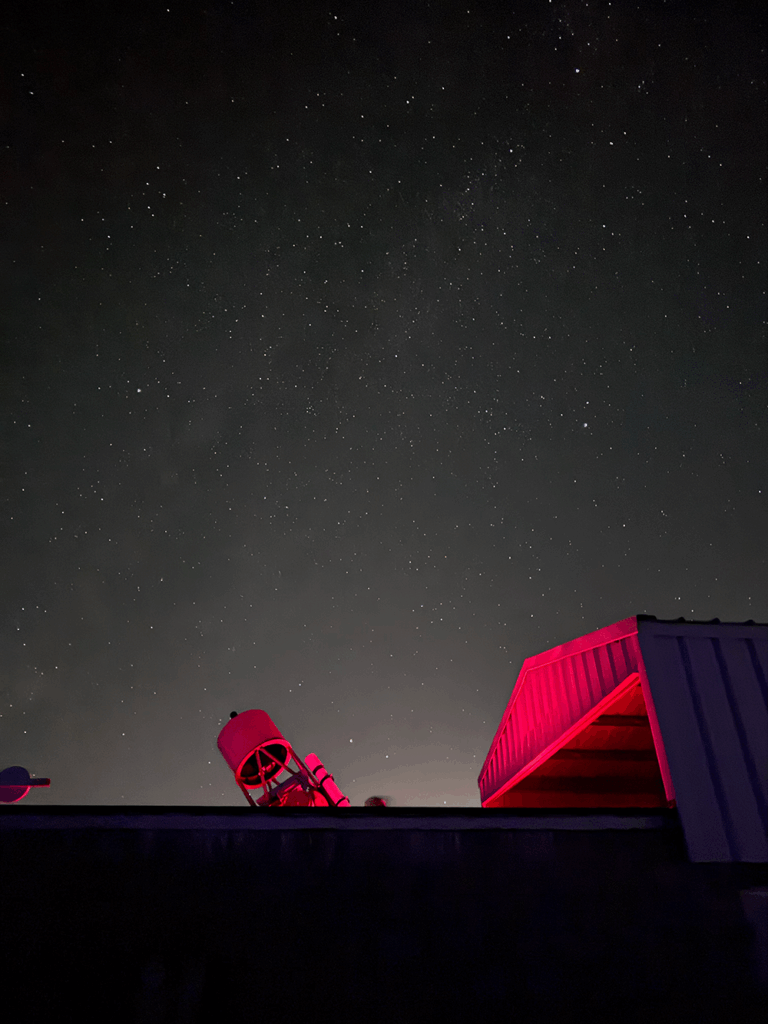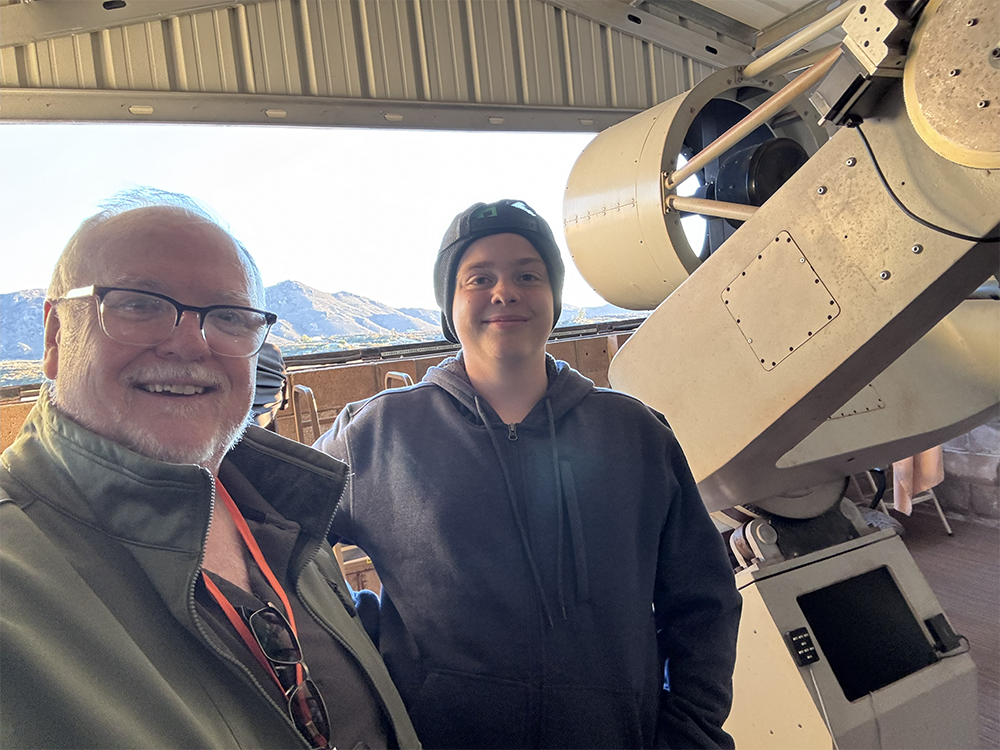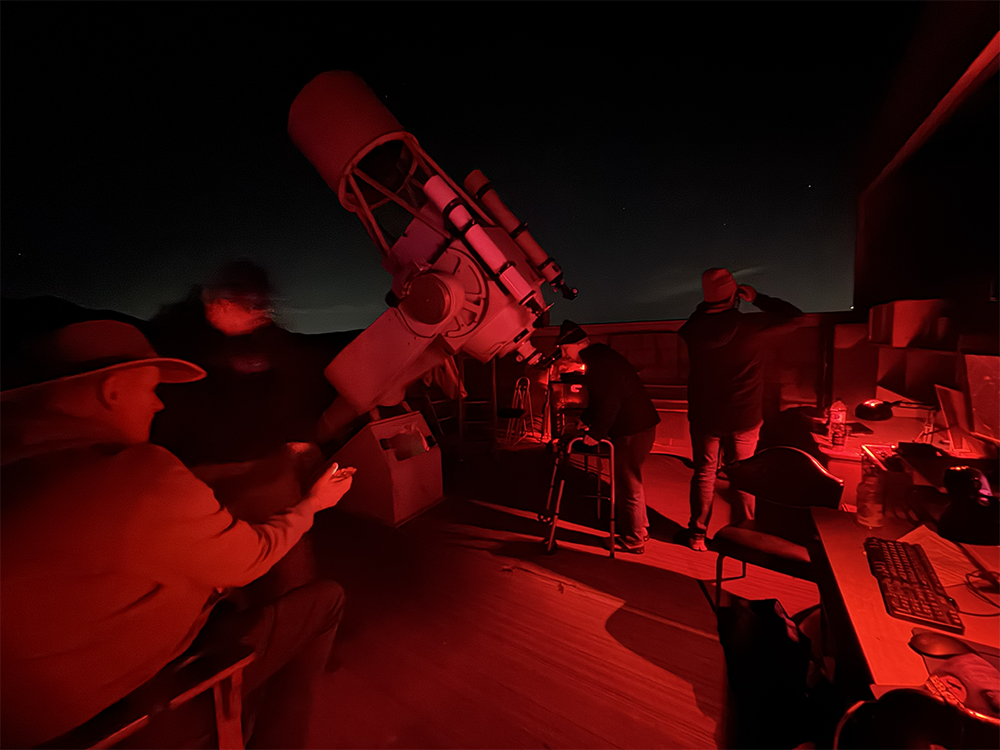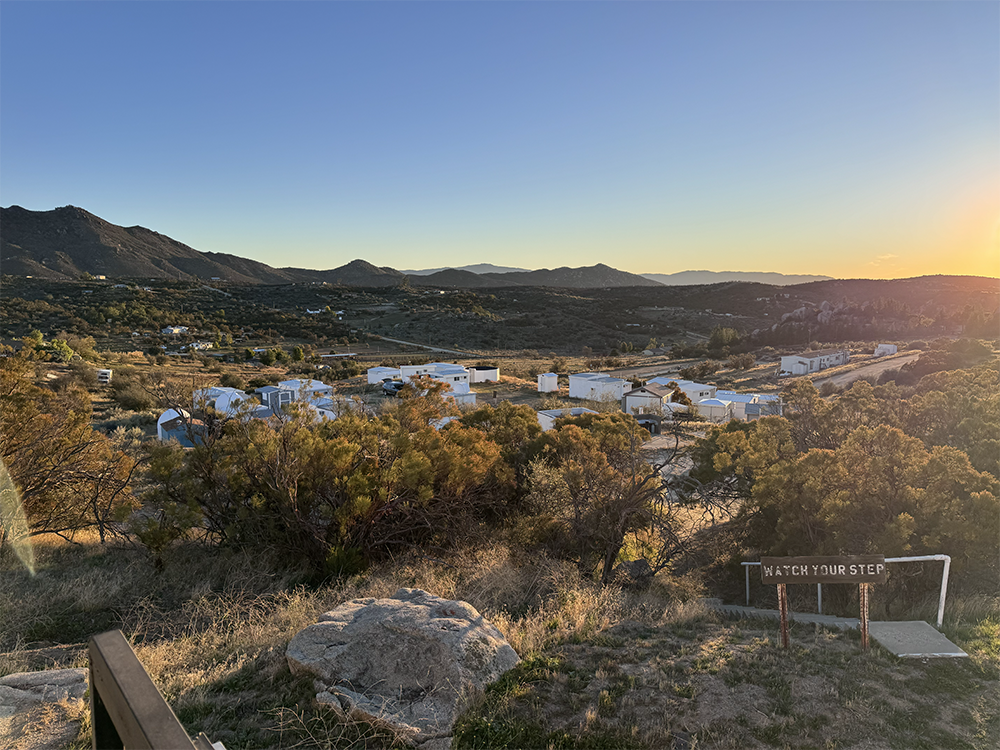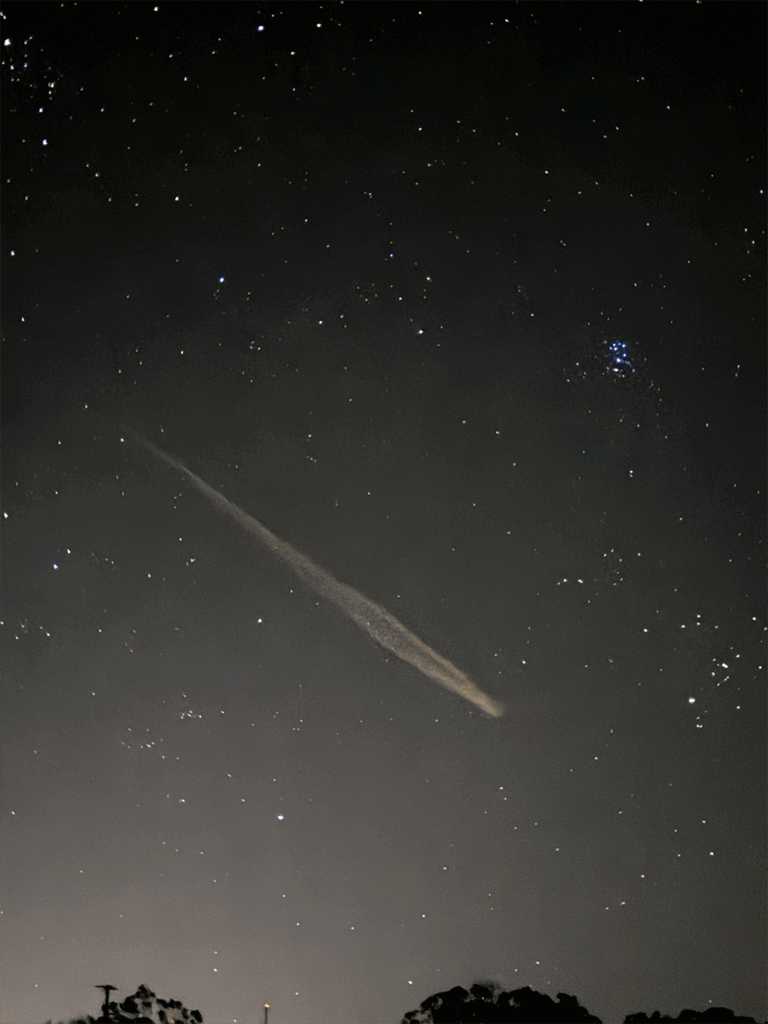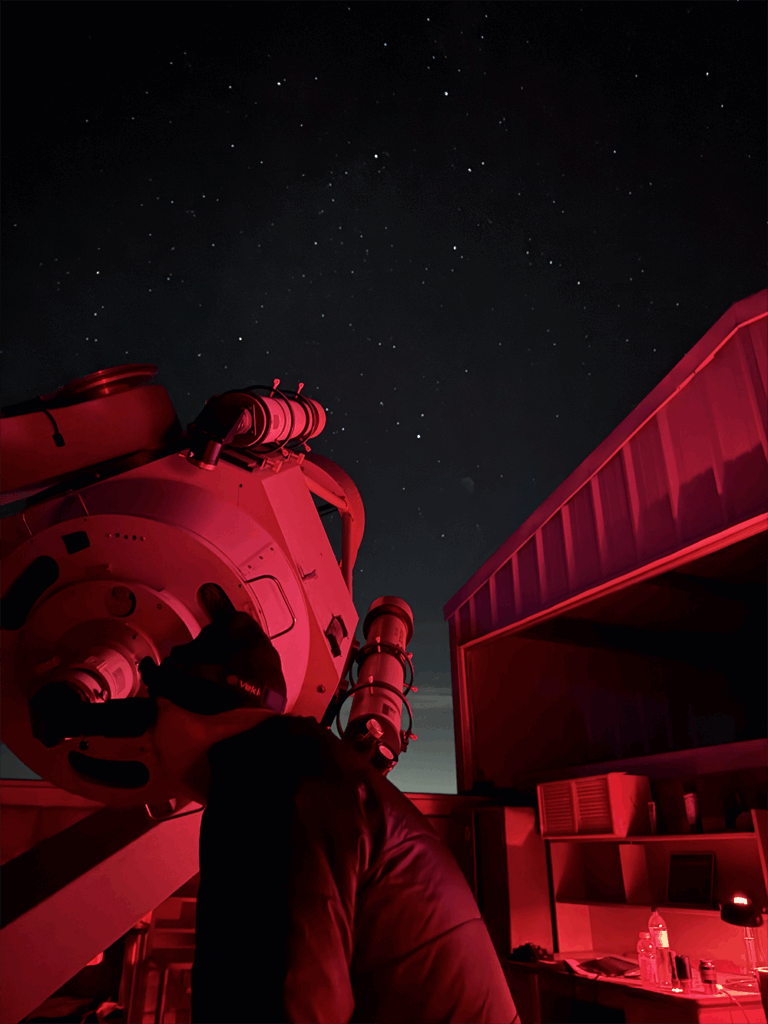This is a free and open to the public event (in person event only)
The 6th session of the Beginners Astronomy Class covers the basics of astrophotography, covering different types of imaging, how different types of cameras are used for this kind of photography, and other equipment and considerations for taking a good picture.
This session is taught by Kyle Coker, who is active in the club’s AstroImaging special interest group.
Free and open to the public as well as members of OCA.
For details, please visit here and download the sample information PDF package.
Event is held at Orange Coast College, Building 40, Astronomy House.
Parking is $5.35 for a virtual daily parking permit and can only be paid online or by app at this time. There is no kiosk at the parking lot.
For instructions click on:
Scroll down to: PURCHASE VIRTUAL DAILY PARKING PERMITS. You want LOT E which is ZONE 92847.
Click on the link for PassportParking.com to pay online. Go to the Menu and click on the PayOnline Button and follow the prompts. If you want to download the app, also usable at many other locations in the region and in the US, please follow the instructions provided by the App.
Views: 5
A meeting of the OCA Board to Trustees, the meeting is held online via zoom starting at 10:30am. The meeting is open to current members, please contact the club secretary to have a link sent to you for the meeting.
Views: 4
This meeting’s speaker will present live from Edinburgh, Scotland, UK.
Settling Space with Microbes
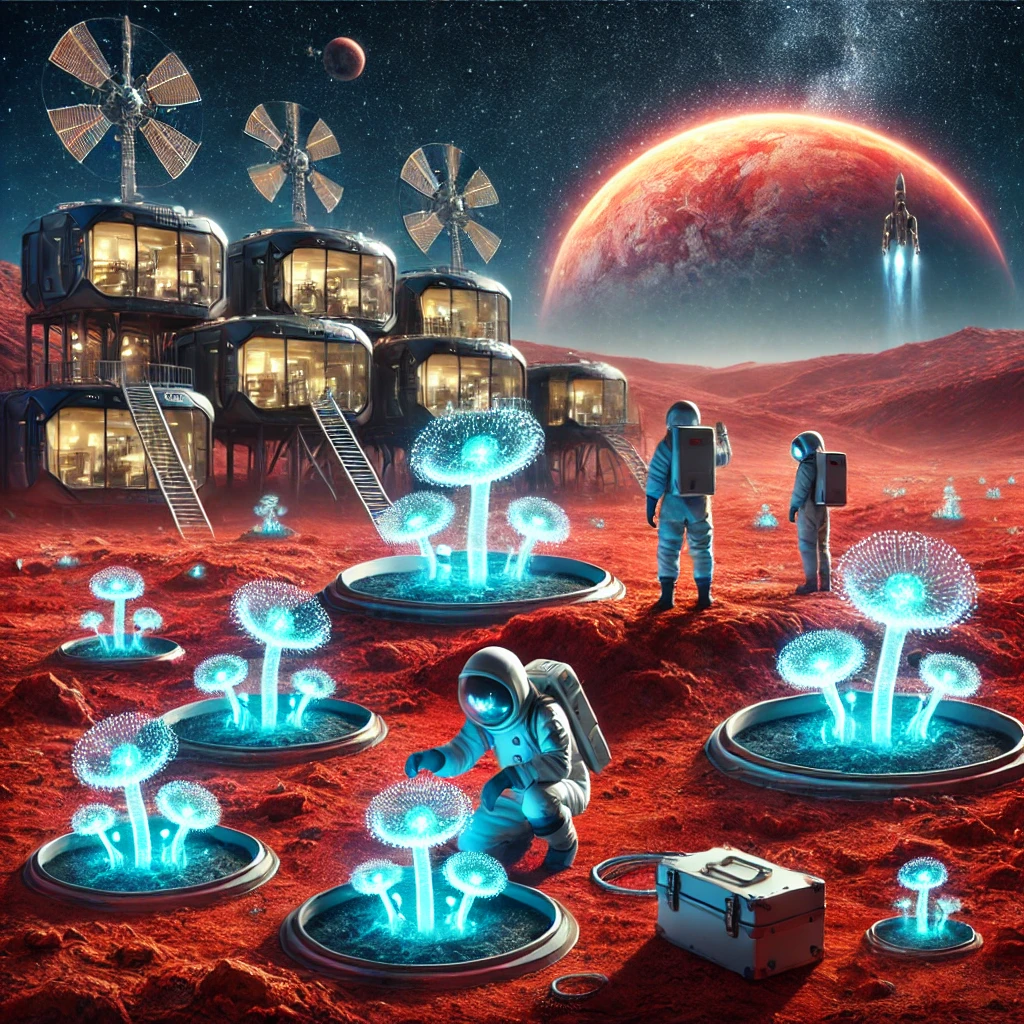
Microbes from extreme environments help us search for life on other planets like Mars, but they can also be used to advance the human exploration and settlement of space by producing useful products including mining metals.
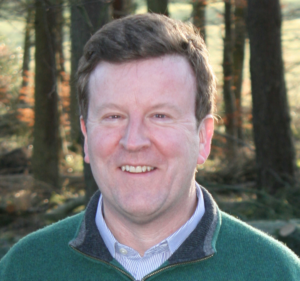
Charles Cockell is Professor of Astrobiology at the University of Edinburgh. His scientific interests encompass microbial life in extreme environments, the habitability of extraterrestrial environments and the exploration and settlement of space. He established the UK Centre for Astrobiology at Edinburgh in 2011, a national node of the NASA Astrobiology Institute, which has led many scientific and educational projects. He has published many papers, academic and popular books including the Wiley-Blackwell textbook, ‘Astrobiology’, in its third edition. Recently, he organised and led the Life Beyond project with the Scottish Prison Service, which engaged prisoners in the design of human settlements in space, drawing on their experience of confinement. He has previously worked at NASA Ames Research Centre, the British Antarctic Survey, and The Open University. He received his first degree in biochemistry from Bristol University and his DPhil in molecular biophysics at the University of Oxford.
Views: 139
Meeting of the Astroimaging Special Interest Group at Orange Coast College Astronomy House. Meeting is from 7pm to 10pm. Parking fees will apply and must be purchased online.
Any questions please contact Kyle Coker
Views: 26
Meeting of the Astroimaging Special Interest Group at Orange Coast College Astronomy House. Meeting is from 7pm to 10pm. Parking fees will apply and must be purchased online.
Any questions please contact Kyle Coker
Views: 18
Meeting of the Astroimaging Special Interest Group at Orange Coast College Astronomy House. Meeting is from 7pm to 10pm. Parking fees will apply and must be purchased online.
Any questions please contact Kyle Coker
Views: 0
Our October ASIG meeting will be held with the OCA General Meeting at Chapman University. Please see the OCA website for directions. ASIG will return to OCC Astronomy House in November
Views: 18

